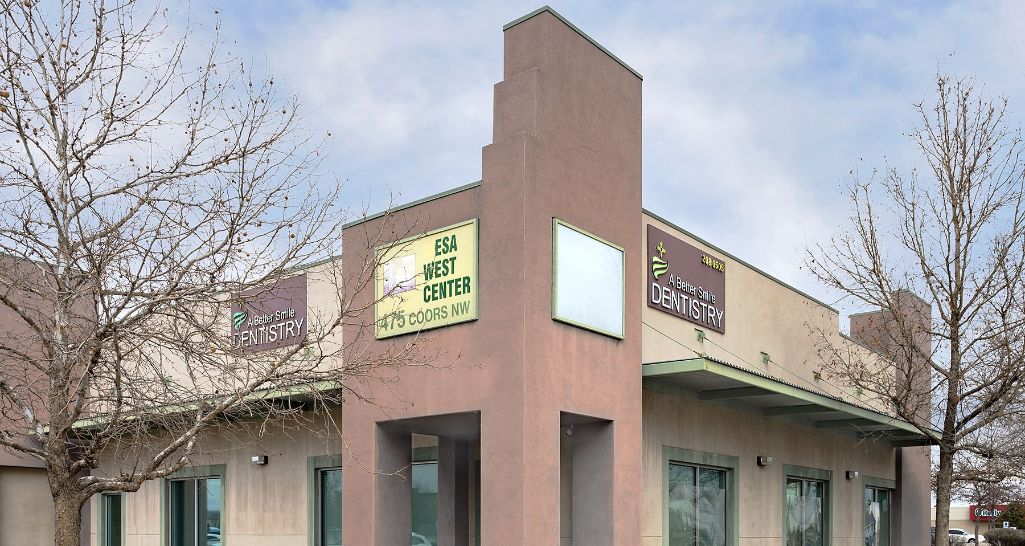A root canal is a procedure that extracts infected or dead pulp from a tooth. This often includes removing any nerves and blood vessels that may be in the tooth as well, as this can further prevent pain for the patient after the procedure is complete. Once the inside of the tooth has been cleaned out and disinfected, the tooth is then sealed to prevent further infection. Without restoration, teeth can become brittle over time and more susceptible to breakage.
Although root canals have been stigmatized over the years due to the long wait times and the painful experience many patients have when they have the procedure done, this is no longer the case, thanks to modern dentistry and technology. Thanks to sedation options and local anesthetics, patients can now have their smile restored without having to endure a long and painful recovery process. Additionally, thanks to advancements in dental technology, such as digital X-ray machines and intraoral cameras, dentists can easily see the exact issue within the patient’s oral cavity before even beginning treatment. With this knowledge, we can better diagnose and treat your dental problems in the least invasive way possible.
When damage occurs to the dental pulp, it can be painful and cause an abscess to form. An infected tooth can cause pain when chewing and biting down, but typically more so when consuming hot or cold foods. A toothache can be a sign that there’s a problem that needs attention.
If the infection progresses too far without treatment, it can spread into the jawbone and the rest of the body. This can contribute to serious health problems, including heart disease, kidney disease, diabetes, and more. This is why it’s important to seek treatment for an infection before it spreads. Fortunately, with a root canal, your dentist can help remove the infected tissue and save your tooth.
During the procedure, your dentist cleans and shapes the inside of your infected tooth and then fills and seals the space with a rubber-like material called gutta-percha. Afterward, you’ll return for another appointment or two, so the dentist can place a permanent crown over the tooth to protect and restore it to full function.
If you have any pain after you return home from a root canal procedure, you can usually take an over-the-counter pain reliever to help. If the pain doesn’t improve within a few days, contact your dentist right away. They may need to prescribe antibiotics or another type of medication.
To learn more, call A Better Smile Dentistry at (505) 208-0505 and schedule an appointment with the dentist or visit us at 475 Coors Blvd NW, Ste A, Albuquerque, NM 87121.
MON - TUE 8:00 am - 5:00 pm
WED 10:00 am - 7:00 pm
THU 8:00 am - 5:00 pm
FRI 8:00 am - 3:00 pm
SAT - SUN Closed

0 comments